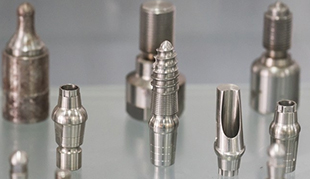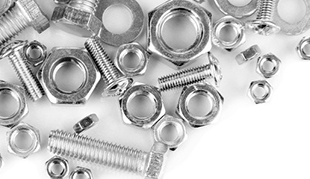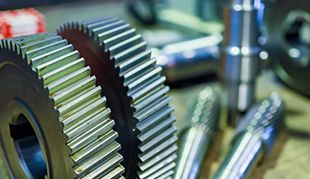Lightweight Design of Medical Devices Using Metal Injection Molding
In the world of medical devices, innovation has been a driving force behind improving patient comfort and overall healthcare experience. One area where innovation has made significant strides is in the design of lightweight medical devices. Lightweight devices not only reduce the burden on patients but also enhance their mobility and comfort. Metal Injection Molding (MIM) has emerged as a revolutionary manufacturing technique that enables the creation of intricate and lightweight medical devices, ultimately transforming the way medical equipment is designed and utilized.
The Importance of Lightweight Medical Devices
When it comes to medical devices, weight plays a crucial role in patient comfort and usability. Heavy devices can lead to discomfort, hinder mobility, and even exacerbate medical conditions. Patients using medical devices often require constant companionship of these tools, whether it's prosthetics, orthopedic implants, surgical instruments, or even drug delivery systems. In such cases, reducing the weight of these devices can significantly improve the patient's quality of life.
1. Enhancing Mobility
Lightweight medical devices empower patients by allowing them to move more freely and comfortably. Prosthetics, for instance, have evolved from bulky and heavy designs to more lightweight and user-friendly options. This advancement not only improves the aesthetics but also facilitates natural movement and reduces fatigue.
2. Minimizing Discomfort
The discomfort caused by heavy medical devices can lead to skin irritation, pressure sores, and even long-term injuries. By employing lightweight designs, medical professionals can help mitigate these issues, making the overall treatment process less painful and more manageable for patients.
3. Ease of Carrying
Patients often need to carry their medical devices with them, whether it's a portable insulin pump or a monitoring device. Lighter devices ease the burden of carrying and ensure that patients can integrate them seamlessly into their daily routines.

Metal Injection Molding (MIM) - A Game-Changer
Metal Injection Molding (MIM) is a cutting-edge manufacturing process that combines the versatility of plastic injection molding with the strength and durability of metal. It enables the creation of complex shapes and intricate designs that were previously challenging to achieve using traditional manufacturing methods. MIM involves the following steps:
Feedstock Preparation: Metal powders are mixed with a polymer binder to create a feedstock that can be injection molded.
Injection Molding: The feedstock is injected into molds, creating intricate shapes with precision.
Debinding: The molded components are heated to remove the polymer binder, leaving behind a porous metal structure.
Sintering: The debound components are further heated in a controlled atmosphere, causing the metal particles to fuse, resulting in a solid and dense metal part.
MIM's capabilities have revolutionized the medical device industry by allowing manufacturers to create lightweight and intricate components that are both functional and aesthetically pleasing.
Advantages of MIM in Lightweight Medical Device Design
Metal Injection Molding offers several advantages that make it an ideal choice for creating lightweight medical devices:
1. Design Flexibility
MIM enables the production of complex shapes and geometries that were previously unattainable through conventional manufacturing techniques. This flexibility in design allows for the creation of lightweight yet robust medical devices that cater to the unique needs of patients.
2. Material Options
MIM supports a wide range of materials, including stainless steel, titanium, cobalt-chrome, and more. Manufacturers can select the most suitable material for a specific medical application, ensuring both strength and lightweight properties.
3. Reduced Material Waste
Traditional subtractive manufacturing methods involve cutting away excess material, resulting in significant waste. MIM, on the other hand, minimizes material waste by using a near-net-shape production process, contributing to sustainability.
4. Cost Efficiency
While the initial tooling costs for MIM can be higher compared to other manufacturing methods, the overall cost of production can be lower due to reduced labor and secondary finishing requirements.
Transforming Healthcare, One Device at a Time
Metal Injection Molding has brought a paradigm shift to the healthcare industry by allowing the creation of lightweight medical devices that prioritize patient comfort and usability. From implantable components to portable monitoring devices, MIM's design flexibility, material options, and cost efficiency make it a game-changer in the pursuit of lightweight medical solutions.
As medical technology continues to evolve, the focus on patient-centric design becomes even more crucial. Metal Injection Molding stands at the forefront of this evolution, ensuring that medical devices are not just functional, but also lighter, more comfortable, and ultimately improving the lives of patients around the world.






